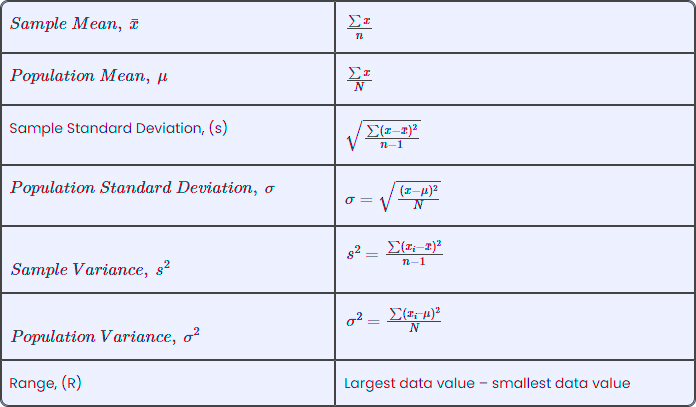Table of Contents
Statistics is the field that deals with gathering, analyzing, interpreting, presenting, and organizing data. It’s a branch of applied mathematics used to collect and summarize data. Two fundamental concepts in statistics are uncertainty and variation, both of which can be assessed through statistical analysis, often involving probability calculations. Probability is a crucial element in statistical studies.
What is Statistics?
Statistics involves the study and manipulation of data, primarily focusing on numerical information. Various definitions of statistics exist:
- According to the Merriam-Webster dictionary, statistics refers to ‘classified facts representing a population’s conditions, especially those expressible in numbers or organized tables.
- Statistician Sir Arthur Lyon Bowley defines statistics as ‘numerical statements of facts within a specific field of study, placed in relation to one another.
These definitions highlight the essence of statistics in dealing with numerical information and its applications.
Statistics Example
An example of statistics in real life is calculating the average (mean) marks obtained by students in a class of 50. This average represents statistical information about the students’ performance. Another practical application of statistics is estimating the number of employed individuals in a city with a population of 1.5 million. To achieve this, a survey is conducted among 1,000 people (a sample), and from this data, we derive statistical information about employment in the city.
Types of Statistics
Basically, there are two types of statistics.
Descriptive Statistics
Statistics involves summarizing data from a sample, using measures like the mean and standard deviation. It’s a method to organize and represent data using charts, graphs, and summary measures such as histograms, pie charts, and scatter plots. Descriptive statistics provide a clear snapshot of the data without the need for further normalization.
Inferential Statistics
We use inferential statistics to understand the significance of descriptive statistics. After collecting, analyzing, and summarizing data, inferential statistics apply the probability principle to determine if patterns in a sample can be applied to the larger population it represents.
These statistics help test hypotheses, explore relationships between variables, and predict population characteristics. They allow us to draw accurate conclusions and generalizations from samples.
Statistics Formulas

Applications of Statistics
Statistics use in various mathematical and real-life applications. Some application where statistics are applied:
- Applied, theoretical, and mathematical statistics.
- Machine learning and data analysis.
- Utilization of statistics in societal contexts.
- Statistical computation techniques.
- Application of statistics in the mathematical aspects of art
FAQs on Statistics
What are the 3 types of statistics?
The three types of statistics are descriptive statistics, inferential statistics, and exploratory data analysis (EDA).
What is the study of statistics?
Statistics is the study of collecting, analyzing, interpreting, and presenting data to make informed decisions.
What do you mean by statistic?
A statistic is a numerical summary or measure computed from a dataset.
Who is the father of statistics?
Sir Francis Galton is often referred to as the father of statistics.
Why is it called statistics?
The term statistics is derived from the Latin word status, which means political state or government. It initially referred to data related to a state's demographics and resources.
What are the 2 main methods in statistics?
The two main methods in statistics are descriptive statistics, which summarize and describe data, and inferential statistics, which draw conclusions and make predictions based on data.





